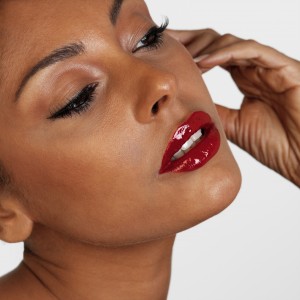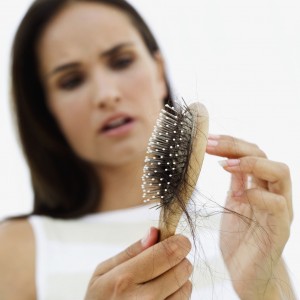Lead and Lipstick: 11 Brands That Are Pucker-Safe and Lead-Free
Thursday, February 16th, 2012It is true that women from all over the globe will go to great lengths to look beautiful, but no woman should have to put her own health at risk just to look good. In recent years, it has been determined that many, if not most, of the lipsticks contain trace amounts of lead. Lead is a powerful element that has been known to cause a number of health problems in people of all ages, especially youngsters. Is the hubbub over this nothing more than a smear tactic used to scare women and make investors nervous, or should women of all ages be paying close attention to these findings?
Hot coals were thrown on the debate a few years ago when the Food and Drug Administration released information that stated one out of every three lipsticks sold in stores tested at more than 0.1 parts per million of lead. The FDA was quick to state their opinion that the amounts are so minute they cannot possibly cause any harm to the body, even over a prolonged amount of time.
Several doctors and advocacy groups disagree and have been trying to get the government to address the situation and rid the lipstick industry of lead entirely. The Campaign for Safe Cosmetics and a handful of senators have recently put pressure on the FDA to establish and oversee a universal safety standard that would completely eliminate lead from lipstick forever. The FDA stated that they are currently waiting for a peer-reviewed journal to make a final decision about whether to get involved in cleaning up lipstick.
An editor of a well known health website brought up the good point that the way toxicologists and advocacy groups evaluate risk to the public is completely different, and this case is simply another example of two groups using two different criteria for measurement. As a result, it is unlikely that there will be able to find common ground in the near future.
But while they debate, it’s good to know that there’s a bright and color-rich side: Several lipsticks have tested free of lead, and we’ve got a list of them for you.
The discussion is likely to go on for awhile yet, but the rest of us can do our part in the debate simply by staying informed. Not just on the arguments but also on what is in our favorite beauty products – because we should definitely know what we’re putting on and into our bodies.
Read more about chemicals in beauty products and green beauty products here.
What do you think? Should the government get involved in the lead-in-lipstick debate?


